
Jul . 21, 2025 11:01 Back to list
High-Quality Cellosize HEC for Sale | Thickener & Stabilizer
Cellulose Innovation: Mastering Cellosize HEC Technology
The global chemical industry is witnessing unprecedented growth in cellulose derivatives, particularly Hydroxyethyl Cellulose (HEC). Known commercially as cellosize hec, this multifunctional polymer has become indispensable across industries ranging from construction and pharmaceuticals to personal care and oil drilling. Market analysis indicates a compound annual growth rate (CAGR) of 6.2% for cellulose ethers through 2028, driven by increasing infrastructure development and consumer goods manufacturing.
Premium Hydroxyethyl Cellulose Solution
At HEBEI JINGZUAN CHEMICAL, our cellosize hec represents cutting-edge cellulose technology meeting stringent international standards. Chemical Name: Hydroxyethyl cellulose
Molecular Formula: (C2H6O2)x
Viscosity/mpa.s: 50,000-100,000
Moisture /%: ≤5
Residue (Ash) /%: ≤5
Gel temperature ℃: 62-70
As a versatile thickening agent, our HEC provides unparalleled pseudoplastic rheology, salt tolerance, and compatibility across wide pH ranges.
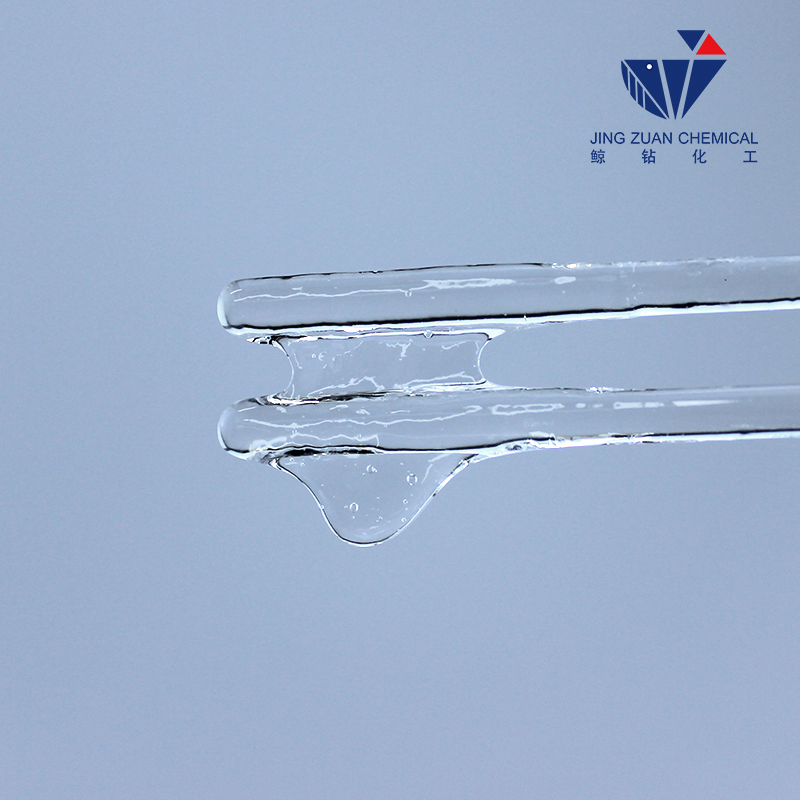
Technical Specifications of Cellosize HEC
| Parameter | Standard | Premium Grade | Industrial Grade |
|---|---|---|---|
| Viscosity (mPa·s, 2% solution) | 50,000-100,000 | 85,000±5,000 | 55,000±5,000 |
| Degree of Substitution | 1.8-2.5 | 2.2±0.1 | 2.0±0.1 |
| Moisture Content (%) | ≤5.0 | ≤3.5 | ≤4.8 |
| Ash Content (%) | ≤5.0 | ≤2.0 | ≤4.5 |
| pH (1% solution) | 6.0-8.5 | 7.0±0.5 | 7.5±0.5 |
| Gelation Temperature (°C) | 62-70 | 67±1 | 65±2 |
Performance Characteristics Analysis
Diverse Applications of Cellosize HEC
Cellosize hec demonstrates exceptional versatility across industrial sectors. In construction, it's the backbone of cement-based products providing water retention, workability enhancement, and sag resistance in tile adhesives, grouts, and self-leveling compounds. Our hydroxyethylcellulose for sale meets EN 12004 certification requirements for construction applications.
The cosmetics industry relies on our pharmaceutical-grade HEC as a non-ionic thickener for shampoos, lotions, and toothpaste, offering superior clarity and electrolyte tolerance. In paint formulations, it controls rheology while preventing pigment settling and improving brushability. Oilfield applications utilize our specialized grades as friction reducers and fluid-loss control additives in drilling fluids.
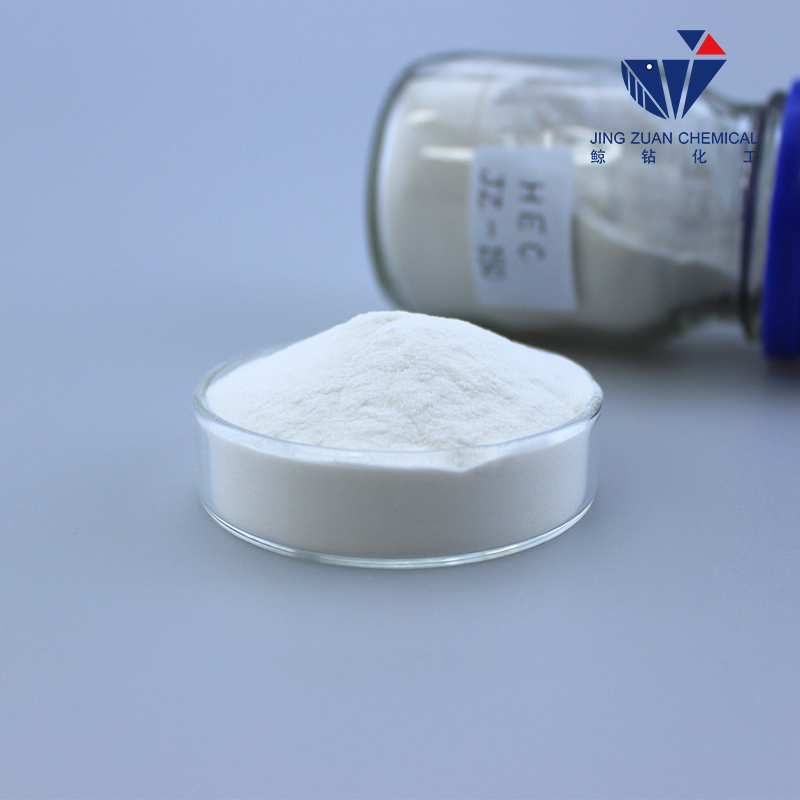
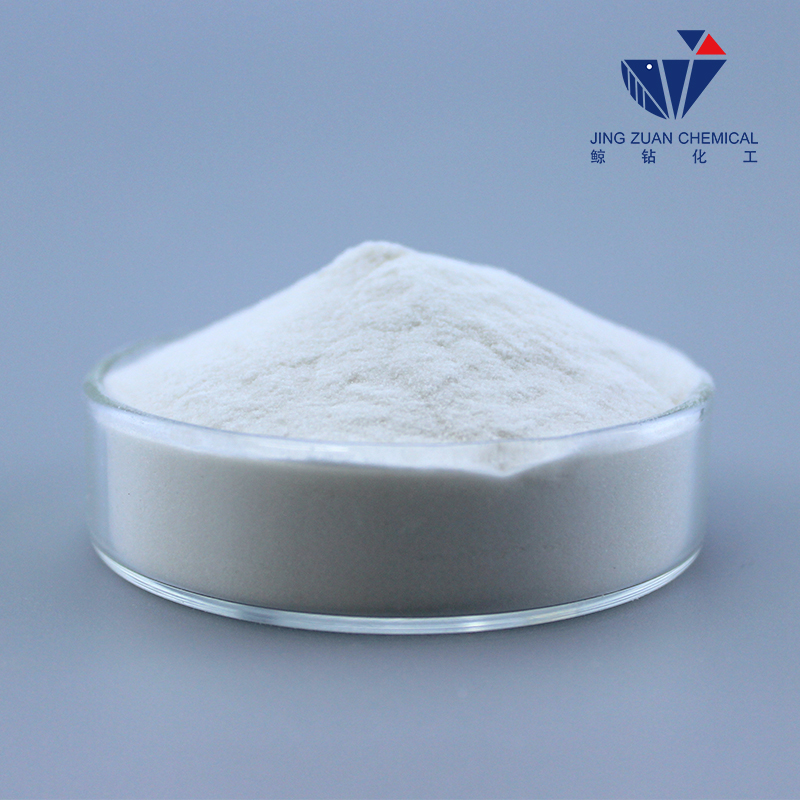
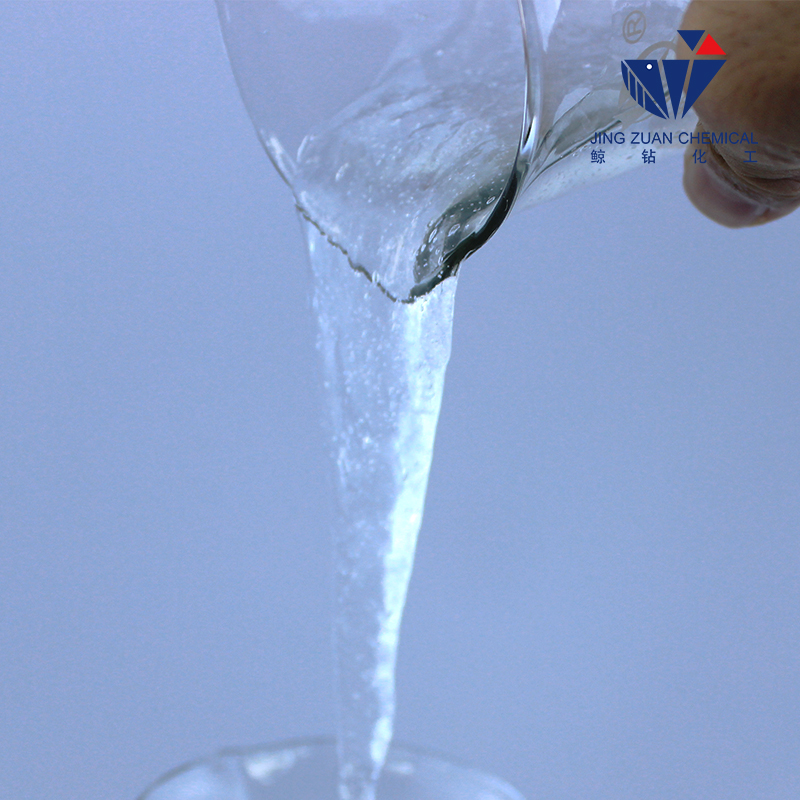

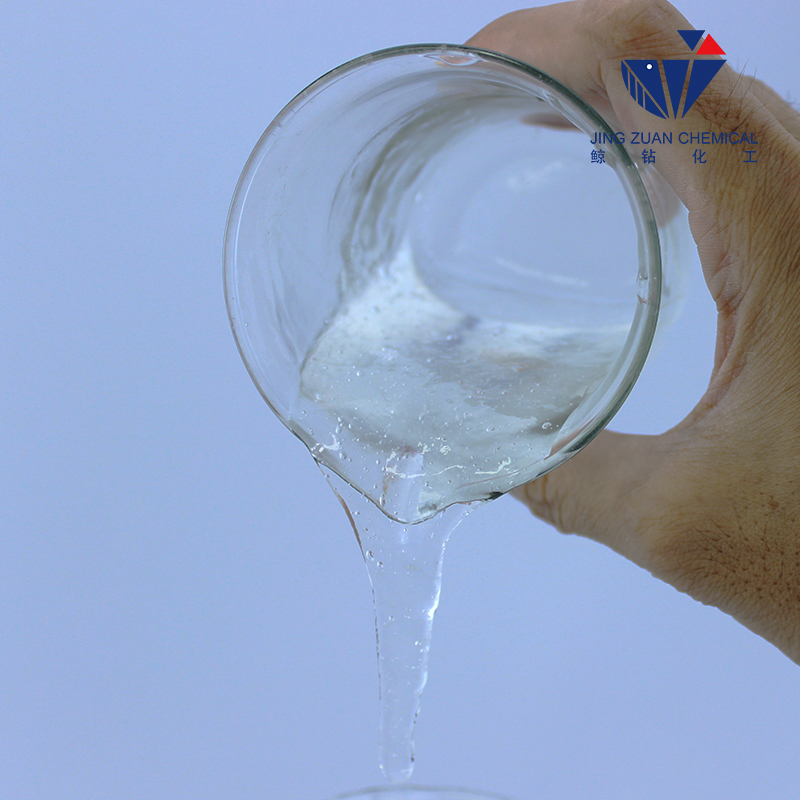
Technical Expertise: Cellosize HEC FAQ
The functional performance of cellosize hec is determined primarily by three molecular parameters: degree of substitution (DS), molar substitution (MS), and molecular weight. The DS (ranging from 0.8-2.5) determines solubility characteristics, while MS (typically 2-3) controls hydrophilicity and organic solvent tolerance. Molecular weight directly correlates with solution viscosity, with higher Mw grades providing greater thickening efficiency.
Hydroxyethyl cellulose demonstrates excellent pH stability across a broad range (2-12) due to its non-ionic nature. The viscosity remains stable within pH 3-10, with slight reduction below pH 3 due to protonation and above pH 10 due to alkaline hydrolysis. This stability makes HEC particularly valuable in applications like alkaline building systems and acidic cosmetic formulations where other thickeners degrade.
Proper dispersion techniques are critical when working with cellosize hec. The recommended method involves: (1) utilizing high-shear mixers at 1500-2500 rpm, (2) dispersing HEC powder into vortex created during mixing, (3) maintaining liquid temperature below gel point during hydration, and (4) using co-solvents like propylene glycol for high-concentration systems. Our technical datasheets include phase-specific dispersion protocols for different applications.
While all cellulose derivatives share similar backbone structures, substituent groups create distinct performance differences. Methylcellulose (MC) has thermal gelation at ~50°C but poor salt tolerance. Hydroxypropyl methylcellulose (HPMC) combines thermal gelation and surface activity. Carboxymethyl cellulose (CMC) is anionic with high viscosity but limited electrolyte tolerance. Hydroxyethyl cellulose excels in salt compatibility, pseudoplastic rheology, and clarity without thermal gelation until ~65°C.
For pharmaceutical-grade hydroxyethyl cellulose, compliance with USP-NF (United States Pharmacopeia), EP (European Pharmacopeia), and JP (Japanese Pharmacopeia) standards is essential. These include testing for heavy metals (
Particle size distribution significantly impacts dissolution characteristics and dust formation. Finer grades (80% 250μm) hydrate slowly with minimal dusting, ideal for dry-mix applications. Our cellosize hec manufacturing employs precision milling technology to achieve specified particle distributions, including specialized surface-treated versions to eliminate dusting without affecting hydration characteristics.
Gelation temperature in hydroxyethyl cellulose is determined by the balance between hydrophilic hydroxyethyl groups and hydrophobic backbone segments. Increasing MS raises the gel point by enhancing hydrophilicity. Commercial HEC typically gels between 60-75°C. Our premium-grade HEC maintains consistent gelation at 67±1°C through controlled polymerization parameters. This thermal behavior is critical for applications requiring controlled hydration or phase separation in thermal processes.
Current research focuses on developing modified HEC derivatives with enhanced properties. Our R&D center is pioneering enzyme-treated hydroxyethyl cellulose with reduced polymer chains that provide faster hydration rates and pseudoplastic behavior at lower concentrations. For environmentally conscious applications, we offer biocide-free HEC with enhanced preservation stability. Packaging innovations include moisture-resistant metallized bags that maintain
The future of cellosize hec technology points toward multifunctional derivatives with grafted side chains providing additional functionalities like enhanced binding capacity, improved adhesive properties, and targeted release characteristics. These next-generation materials will bridge the gap between conventional polymer additives and smart material systems.
Industry References & Technical Research
Wang, S., et al. (2023). "Advanced Characterization Methods for Hydroxyethyl Cellulose Derivatives"
Carbohydrate Polymers, 318, 121159
International Association of Cellulose Ether Manufacturers (2023). "Global Cellulose Ether Market Analysis & Sustainability Report"
https://www.cellulose-ether.org/market-reports
Duan, L., et al. (2024). "Rheological Modification of Cementitious Systems Using Hydroxyethyl Cellulose"
ACI Materials Journal, 121(1), 45-58
European Commission Joint Research Centre (2023). "Safety Assessment of Hydroxyethyl Cellulose in Cosmetic Applications"
SCCS Opinion SCCS/1647/22
Technical Association of the Pulp and Paper Industry (2022). "Sustainability Metrics for Cellulose Derivatives Manufacturing"
TAPPI Sustainability Report SR-02
HEBEI JINGZUAN CHEMICAL TECHNOLOGY CO., LTD. complies with ISO 9001:2015 quality management systems and ISO 14001 environmental standards. Our manufacturing facilities implement continuous improvement processes validated through ASTM D2364/D2364M-22 standard test methods for hydroxyethyl cellulose analysis.
-
Versatile Hpmc Uses in Different Industries
NewsJun.19,2025
-
Redispersible Powder's Role in Enhancing Durability of Construction Products
NewsJun.19,2025
-
Hydroxyethyl Cellulose Applications Driving Green Industrial Processes
NewsJun.19,2025
-
Exploring Different Redispersible Polymer Powder
NewsJun.19,2025
-
Choosing the Right Mortar Bonding Agent
NewsJun.19,2025
-
Applications and Significance of China Hpmc in Modern Industries
NewsJun.19,2025







